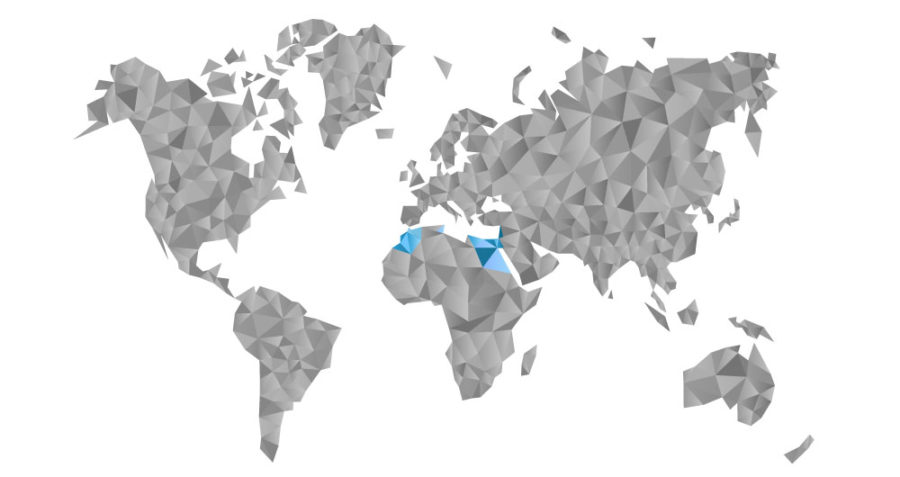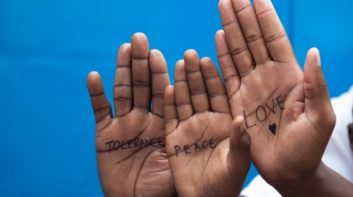Middle East and North Africa

In the Middle East and North Africa, we're helping men who have sex with men access vital HIV services, and studying links between HIV and violence against women.
Although HIV prevalence across the Middle East and North Africa (MENA) is low, it has one of the fastest growing, concentrated epidemics in the world. One of the reasons for this is that it is largely hidden, with the most affected groups of people facing the highest levels of discrimination and criminalisation in everyday life.
For example, same sex activity is illegal in many countries across MENA, which makes it very difficult for men who have sex with men (MSM) to access the HIV prevention and treatment services that they need. Meanwhile, women living with HIV in this region report high levels of violence both before and after their diagnosis.
Reaching these groups has been historically difficult. But we’re proud to work where others do not, creating programmes to improve MSM sexual health, reduce the violence that women face and influence local policy and attitudes.
Did you know?
- The number of new HIV infections across MENA rose 22% between 2010 and 2019.
- Around 45% of women living with HIV or at risk of HIV report that violence has affected their ability to either protect themselves from HIV or to manage their treatment.
- Around 40% of HIV infections across MENA in 2019 were among people who inject drugs.
- Key populations and their sexual partners account for 97% of all new infections in the region.
- Eight countries in the MENA region have the death penalty for same-sex sexual conduct.
WE WORK IN
Will you help us end aids?
I would like to make a donation of:
Please enter the amount you would like to donate, ie: '10.00'





